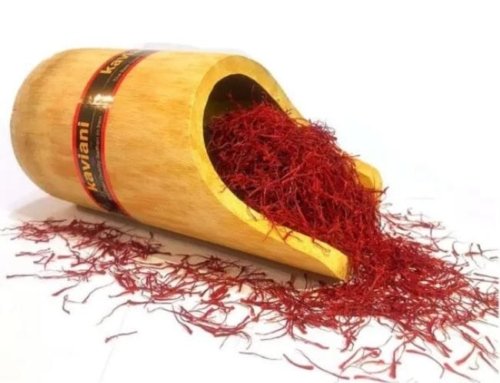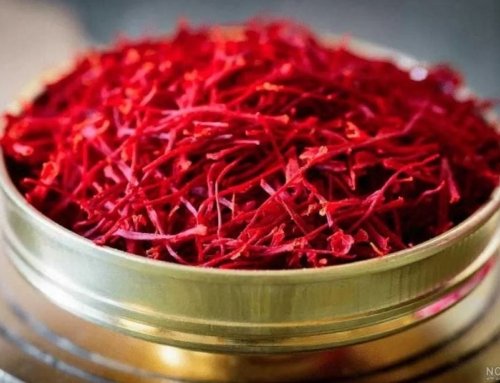 Saffron Cultivation Methods: A Guide to Growing and Caring for Saffron Plants
Saffron Cultivation Methods: A Guide to Growing and Caring for Saffron Plants
Saffron Cultivation Methods : Saffron is a beautiful and valuable plant that can bring a unique touch of color and vibrancy to your garden, especially during the fall and spring seasons. Growing saffron is relatively easy and requires little maintenance, making it an excellent choice for both novice and experienced gardeners. Its resistance to pests also makes it a great addition to any garden, whether in flower beds or pots.
Saffron Flower Varieties for Fall
Saffron Cultivation Methods : There are different saffron flower varieties that bloom in the fall. These varieties thrive in soil that allows water to drain easily. Here are some of the most common types:
- C.sativus: This saffron plant produces bright purple petals with darker lines on the edges. Its long, red saffron stems are perfect for cultivation.
- C.speciosus: Known for blooming earlier than other saffron varieties, this type offers a range of colors, from white to dark blue. It’s easy to cultivate and also works well for lawn decoration.
Saffron Flower Varieties for Early Spring
Saffron Cultivation Methods
Some saffron varieties bloom as early as spring. These plants also require soil that drains well. Here are some of the varieties to consider:
- C.chrystanthus: Known for its light cream and pale blue-gray flowers.
- Lady Killer: Featuring light purple flowers with white edges and a pale purple interior.
- E.A.Bowles: This variety has funnel-shaped, lemon-yellow flowers with purple and bronze streaks on the outer petals.
- Tricolor: Characterized by purple petals at the tips, white sections in the middle, and yellow interiors.
- C.tommasinianus: A very easy variety to cultivate, known for its purple flowers ranging from light to dark, with darker tips.
Tips for Growing Saffron Cultivation Methods
Saffron Cultivation Methods
To successfully cultivate saffron, here are a few tips:
- Plant fall-blooming varieties between July and September and spring-blooming varieties between August and November.
- Use specialized planting tools to plant saffron bulbs at a depth of 6 to 10 cm, maintaining adequate spacing between plants.
- If the soil is suitable, mix it with organic compost and gravel to help with water drainage.
- After planting, water the bulbs and add some fertilizer for better growth.
- Allow the bulbs to die naturally rather than cutting the stems prematurely.
- If growing in pots, provide fertilizer every two weeks.
Saffron Cultivation Methods Propagation Methods
There are two main methods for propagating saffron:
- Division Method: This is the simplest way to propagate saffron. After a few years, you can remove the bulbs from the soil, divide them, and replant them.
- Seed Method: Some saffron varieties naturally self-sow. You can collect seeds from the plant and plant them in well-draining soil. It usually takes about three years for them to bloom.
Challenges in Growing Saffron Cultivation Methods
Saffron Cultivation Methods : While saffron is generally easy to grow, it isn’t without its challenges. The biggest threats to saffron plants are squirrels, rabbits, and rodents that may eat the bulbs. To protect your plants, consider covering them with wire mesh or planting the bulbs at a deeper depth. Some gardeners also coat the bulbs with paraffin to protect them from these pests.
By following these guidelines, you can successfully grow and enjoy the beauty of saffron flowers in your garden. Remember, saffron plants are not only a delight for the eyes but also a valuable resource for those looking to cultivate this precious spice.
Saffron cultivation methods: Learn how to plant, propagate, and care for saffron plants to enjoy vibrant blooms and high-quality saffron spice.
Tags: saffron cultivation, saffron planting tips, saffron propagation, growing saffron flowers, saffron plant care, saffron flower varieties, how to grow saffron, saffron garden, saffron care guide


![Exporting Saffron to Turkey + Price Guide [Complete 0 to 100]](https://www.rowhanisaffron.com/wp-content/uploads/f1-372-500x383.jpg)




Get Social